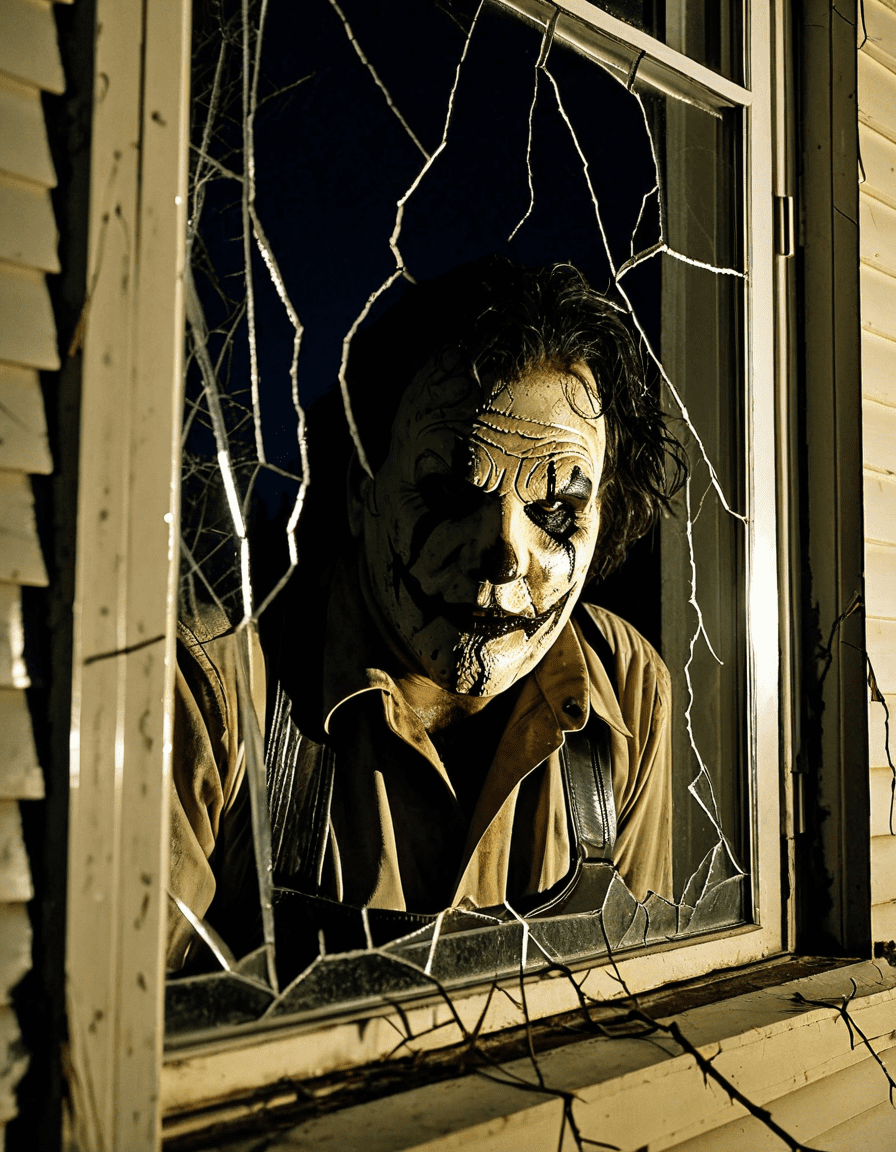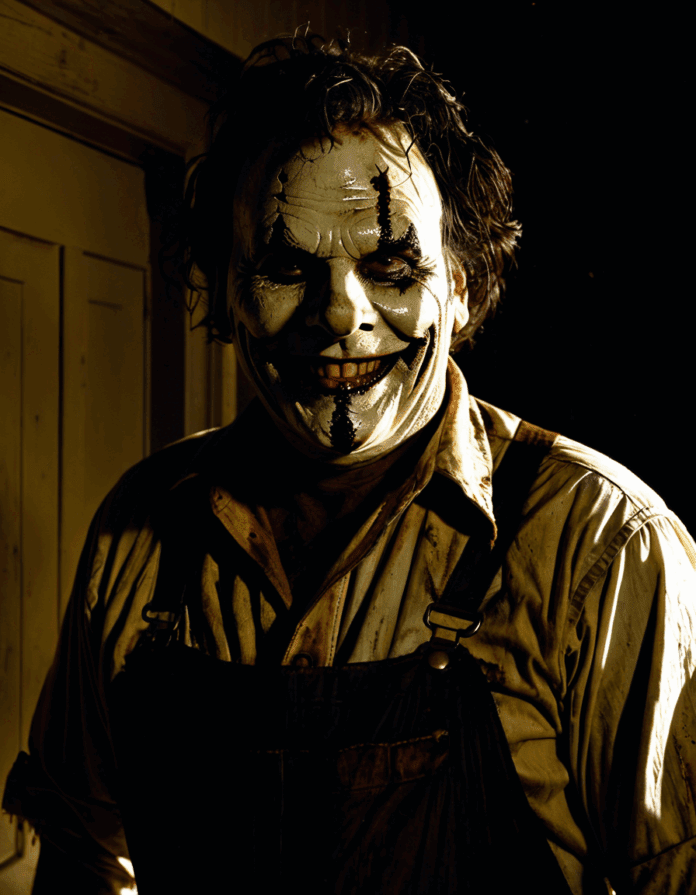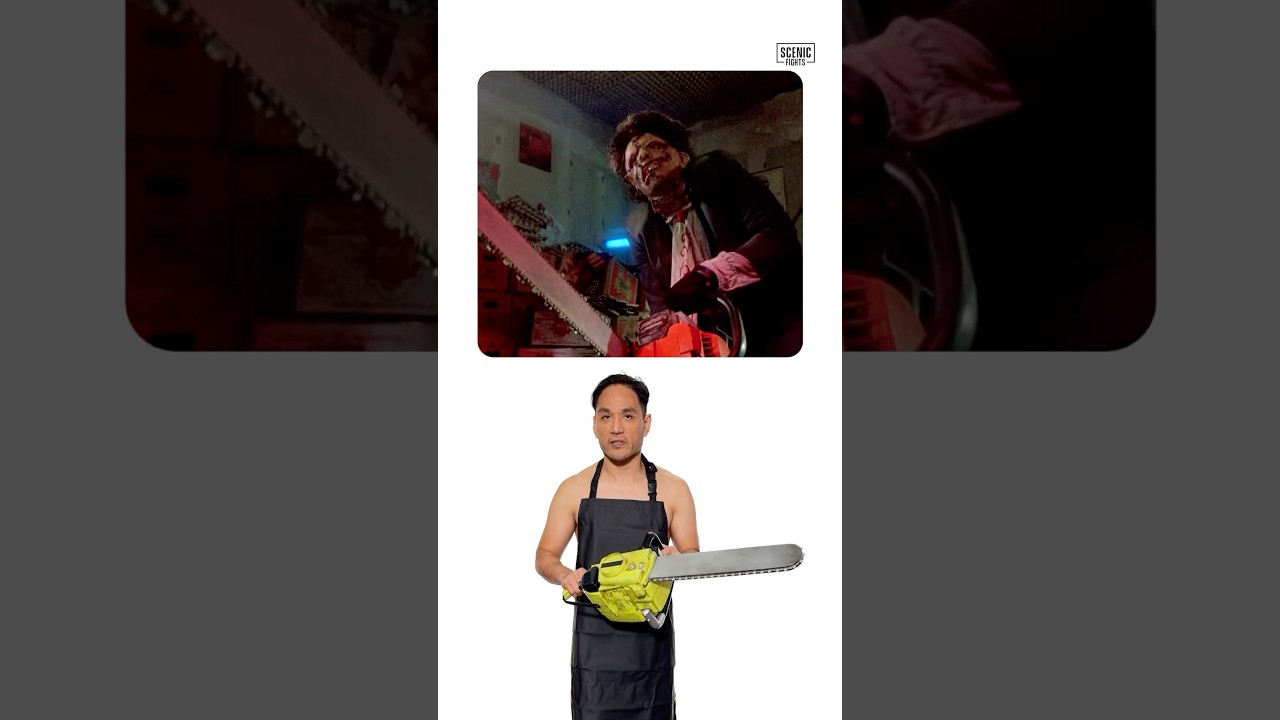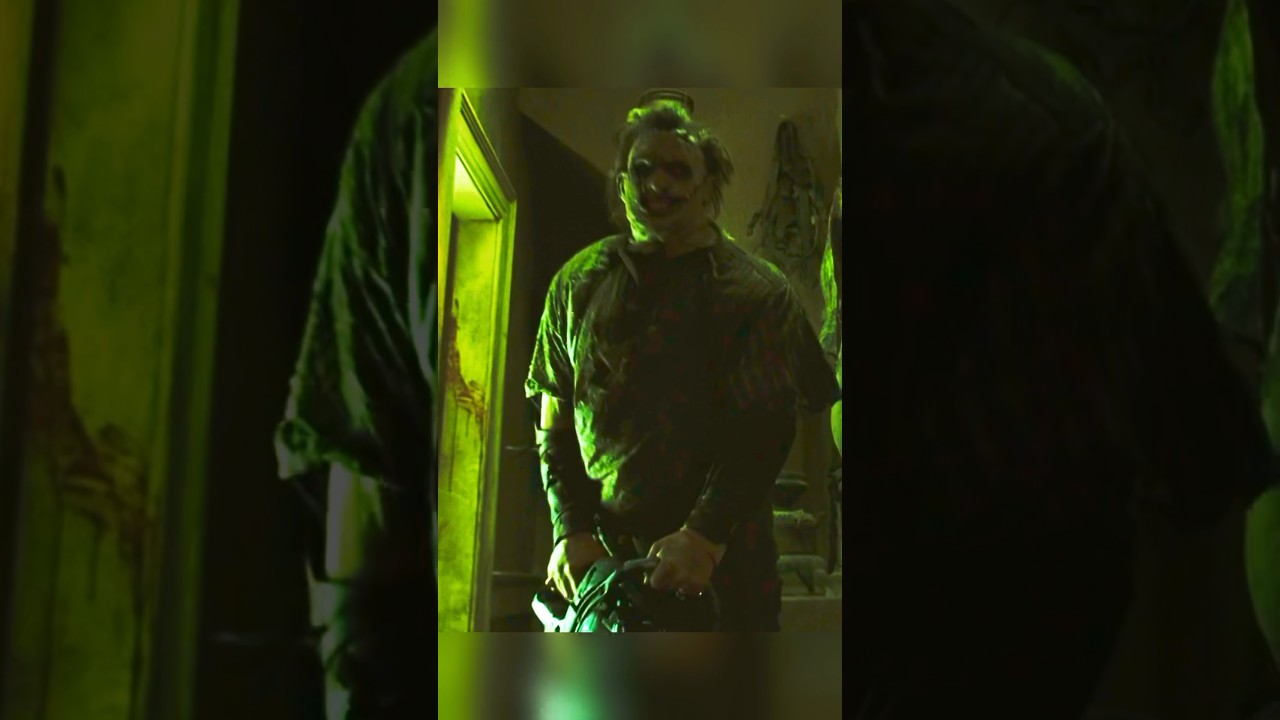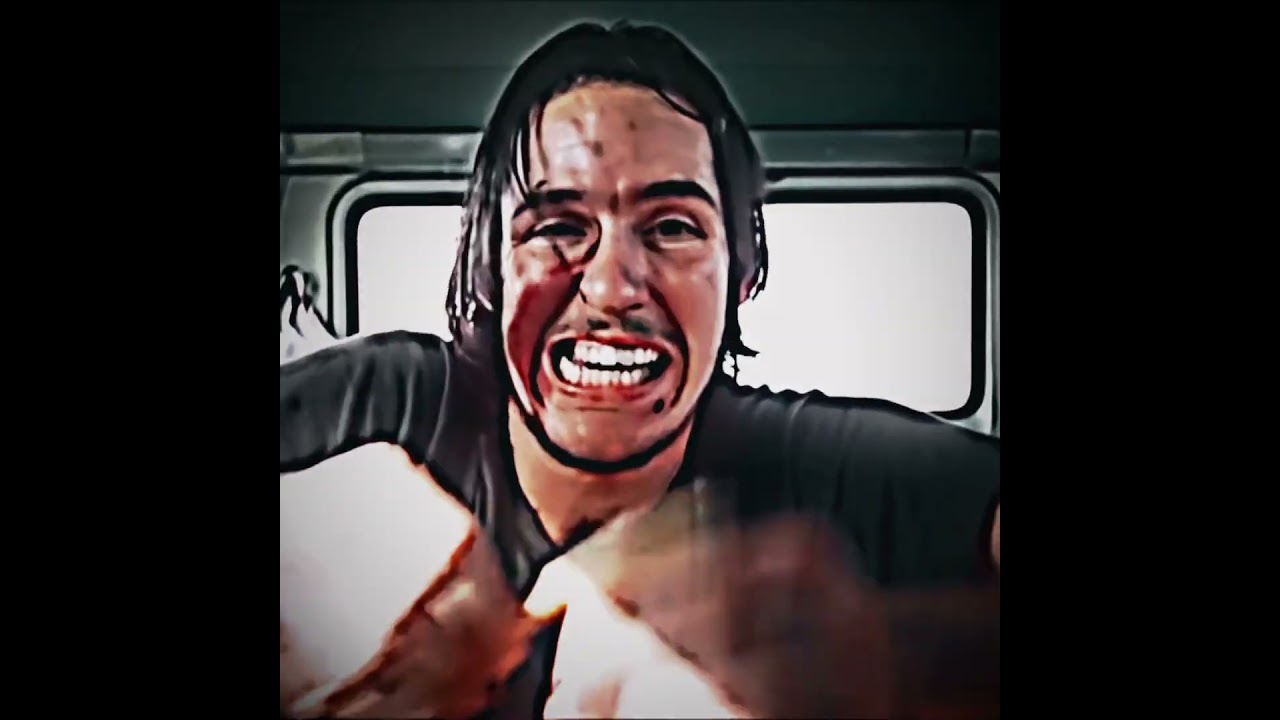The Enduring Horror of Leatherface in Pop Culture
Leatherface, the horrifying character from Tobe Hooper’s 1974 classic, The Texas Chain Saw Massacre, has become an unforgettable icon in horror cinema. Over the decades, this terrifying figure has evolved, contributing significantly to the slasher genre while seeping into the broader fabric of pop culture. Leatherface embodies brutality, tapping into societal fears that shift over the years, making him a captivating symbol of horror that adapts to the times.
In the original film, Leatherface is depicted as a grotesque but tragic figure, not merely a mindless killer. His portrayal evokes empathy in audiences; he’s a victim of a crumbling familial structure, one that society often overlooks. This duality makes him more than just a monster—Leatherface becomes a lens through which we witness the horrors lurking in human relationships, particularly within the nuclear family.
The cult following surrounding Leatherface has only intensified with the franchise’s persistence in the cinematic landscape. From unstoppable sequels to reboots, each rendition offers a fresh take, ensuring Leatherface’s relevance in a world that thrives on fear. His continued emergence in pop culture reflects our collective fascination with the macabre, making him a constant horror staple.
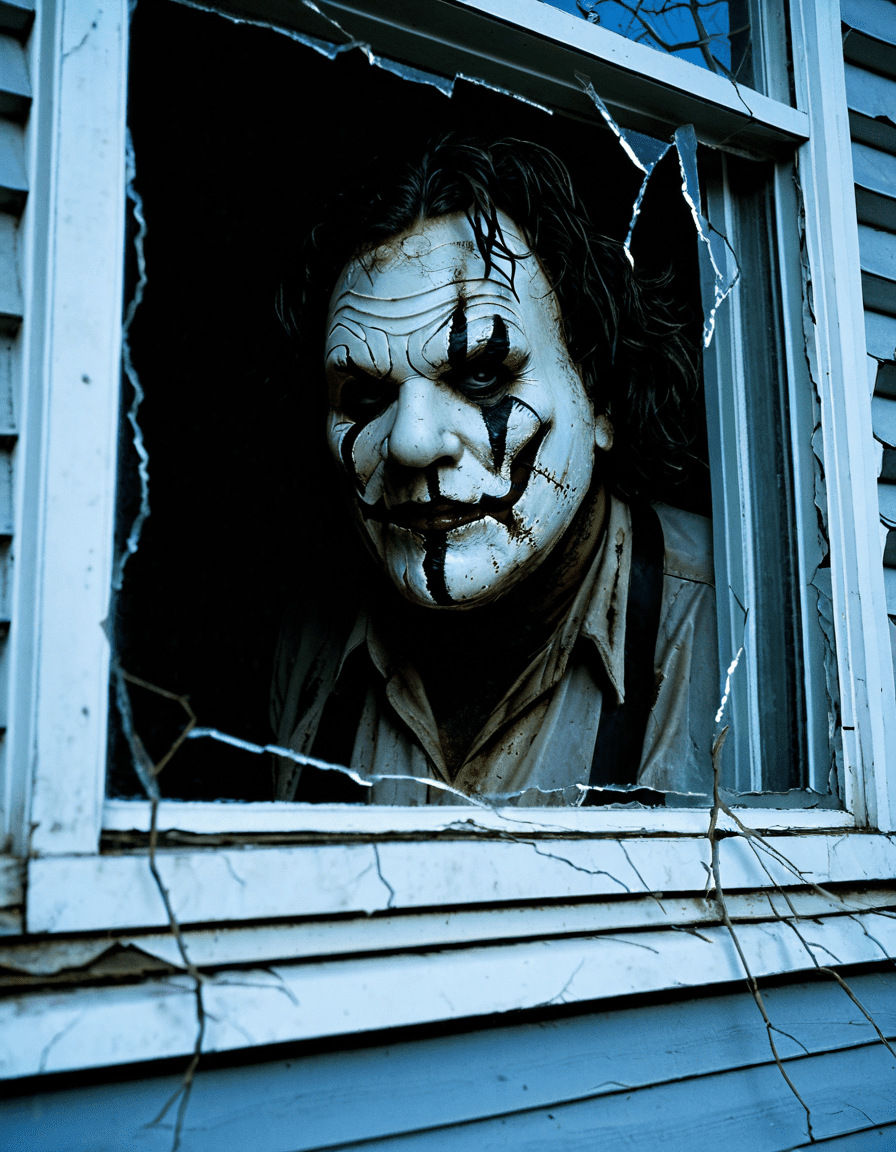
Top 5 Influences of Leatherface on Modern Horror and Media
Leatherface’s reach extends beyond a single film; his impact reverberates throughout contemporary media and art. Here are five notable ways in which Leatherface influences modern horror, gaming, and culture:
Leatherface and Societal Reflections: An Analytical Lens
The character of Leatherface is far from a simple creation of fiction; he mirrors pressing societal themes. Examining Leatherface through an analytical lens reveals troubling reflections of mental illness, abandonment, and the deterioration of traditional family structures. These issues resonate deeply with audiences today, offering a sharp critique of real-world problems through the guise of horror.
Consider how Leatherface represents rising anxieties surrounding mental health. His erratic behavior raises questions about societal neglect toward individuals in distress. By depicting a character shaped by a turbulent family background, the narrative encourages viewers to confront uncomfortable truths about the human psyche and societal expectations.
Moreover, the glorification of violence in horror often overlooks vital societal issues. Leatherface can be seen as a cautionary tale, urging us to examine the consequences of neglect and the sinister potential of the human condition. In a time marked by discussions surrounding mental health and family dynamics, Leatherface stands at the forefront, inviting us to reflect on our own societal responsibilities.
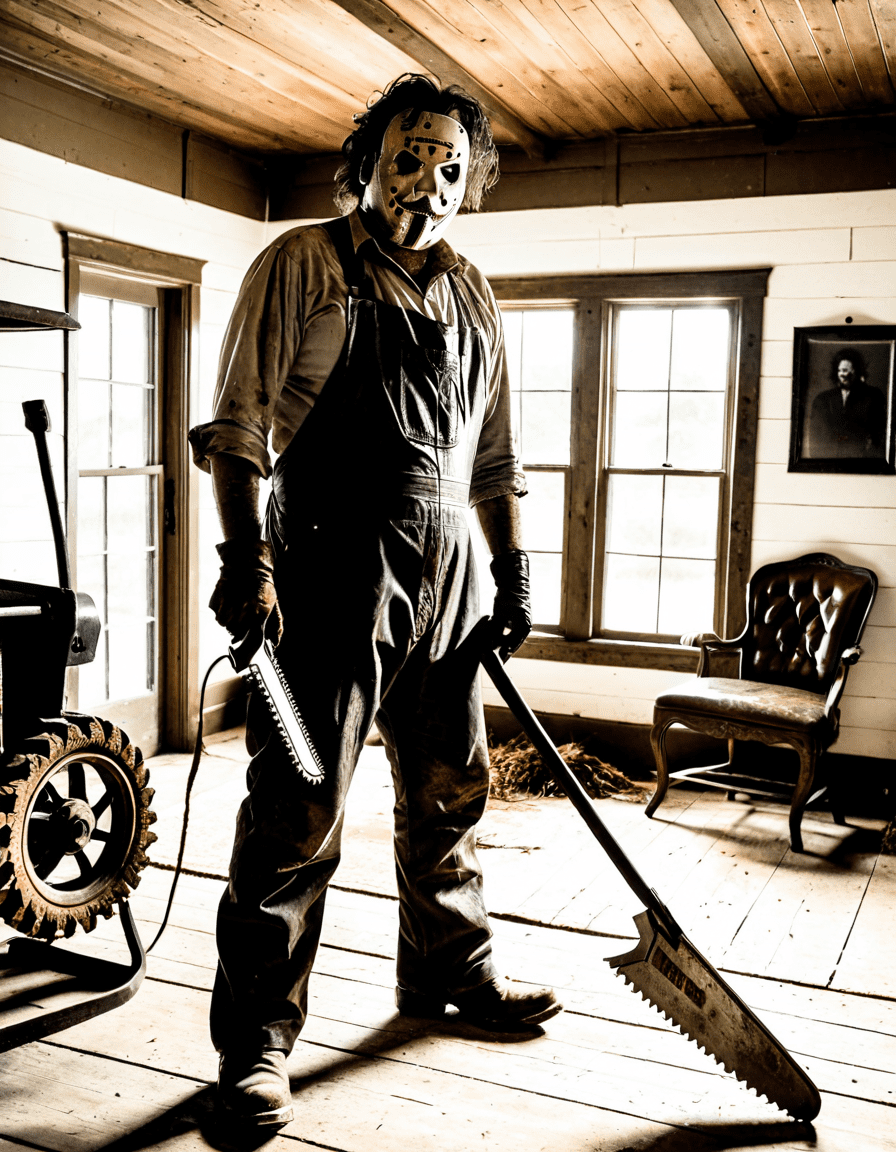
The Fallout of Leatherface: Cult Following and Critique
The legacy of Leatherface elicits mixed reactions, particularly during periods of social and political upheaval. Critics argue that the glorification of such characters contributes to a desensitized populace. They contend that by normalizing violence through entertainment, we risk numbing our responses to real-world horrors. In contrast, supporters argue that horror narratives provide a necessary escape, offering a safe space to confront our fears.
Psychology suggests that horror consumption serves as a coping mechanism. Audiences engage with terrifying stories like Leatherface’s to process their anxieties in a controlled environment. Studies show that viewers become desensitized to fear after repeated exposure, indicating a complex relationship between audience and character that is both revealing and concerning.
Despite critiques, the thrill Leatherface provides cannot be denied. His enduring popularity is a testament to horror’s power to evoke raw emotions, stimulate discussions, and bring hidden fears into the light. This ongoing dialogue about horror’s role in society highlights Leatherface’s complexity—it’s not just about scares; it’s an exploration of our deepest concerns.
Leatherface’s Evolution and Impact on Genre Innovation
To grasp Leatherface’s significance, one must delve into his evolution across sequels, reboots, and remakes. From the raw terror of the original Texas Chain Saw Massacre to the more nuanced portrayals in newer films, the character has adapted to audience expectations while reflecting current societal issues. This evolution mirrors trends in horror franchises, such as The Conjuring, which mashes up psychological depth with age-old fears.
The sequels often take liberties with Leatherface’s backstory, employing it more as a means of exploring human vulnerability than sheer savagery. As each iteration arrives, filmmakers infuse new ideas that resonate with contemporary issues—highlighting everything from mental illness to economic hardship, invoking empathy alongside horror.
Leatherface’s transformation doesn’t merely ride the coattails of shock value; it innovates within the genre. By introducing deeper mythos and psychological undercurrents, filmmakers ensure that Leatherface remains a relevant fixture. The complexities embedded in his characterization challenge audiences to reconsider their reactions to horror, steering clear of simple categorization as merely good or evil.
Wrapping Up the Legacy of Leatherface in Contemporary Culture
As we reflect on Leatherface’s ongoing impact, it’s clear this character is more than a mere figure of fear—he represents a deep interplay of horror, cultural critique, and societal reflection. In an era marked by a thirst for dark narratives, Leatherface continues to influence pop culture, compelling us to confront fears while delving into the sinister facets of human nature.
The legacy of Leatherface is destined to evolve, weaving itself into new stories and mediums. This ever-shifting narrative reminds us that horror isn’t just an escape; it provides a mirror through which we can evaluate ourselves, our histories, and the shadows lurking in our shared existence. As we look to the future, one thing is certain: characters like Leatherface will endure, pop culture’s way of beckoning us to peer into the void while reflecting on our own complexities.
For more on the creative processes behind horror narratives, consider exploring additional resources like our discussions on Community america or delve into unique perspectives reflected in the Remarkable 2 review. As you embrace the world of unusual influences, don’t miss out on iconic moments highlighted in films like Austin Powers – Goldmember.
Leatherface: Behind the Legend of the Mask
A Terrifying Origin
Leatherface, the iconic figure from the horror classic “The Texas Chain Saw Massacre,” is often inspired by real-life events. The character draws loose inspiration from Ed Gein, a notorious killer known for his grotesque practices, including skinning his victims. Just picture it: a family’s rustic Texas home hides a chilling secret, making even the bravest souls think twice about venturing into the woods. Isn’t it wild how these stories stay with us? Much like the nostalgia associated with ’70s pop culture sensations like Donnie Osmond, Leatherface carries an air of bizarre duality—attractive yet terrifying.
Legendary Impact
The impact of Leatherface on the horror genre is profound. With a face made of human skin and a chainsaw as his weapon of choice, he’s become a symbol of raw terror. It’s fascinating to think how a character can inspire entire sub-genres of films. For instance, the golden age of slasher films echoed Leatherface’s menacing presence, paving the way for other iconic flicks. Much like how the excitement of a Golden Globes host can bring new energy to an event, Leatherface injected a fresh fear factor into cinema that’s still felt today.
Lesser-Known Facts
You might be surprised to find that Leatherface didn’t always have the fame he does now. The movie faced significant backlash at first, dropping like a lead balloon before finally gaining a cult following. Over time, it evolved into a staple of horror that even people who might prefer lighter reads, like articles about fitness at Edge Fitness, have heard about. In fact, the mask that makes Leatherface so memorable was actually crafted from the unique creation of various human-like materials, making it just as eerie as it sounds. And speaking of creations, the film’s production had some quirky elements, much like the behind-the-scenes stories tied to beloved actors like Rip Torn. It’s always intriguing how grotesque legends are woven into pop culture, leaving many fans—children of fear as well as curious adults—hurrying to learn more.
So next time you hear the rev of a chainsaw, just have a quick laugh (or scream!) at the thought of Leatherface lurking about. Whether you’re diving deep into horror films or just curious about the oddities of real-life killers, Leatherface remains a relevant fixture in both fear and fascination. Who knows, perhaps this character inspires you to write your own twisted tales. And if all that horror gets too intense, nothing beats relaxing with your favorite game during Sonic Hours!
